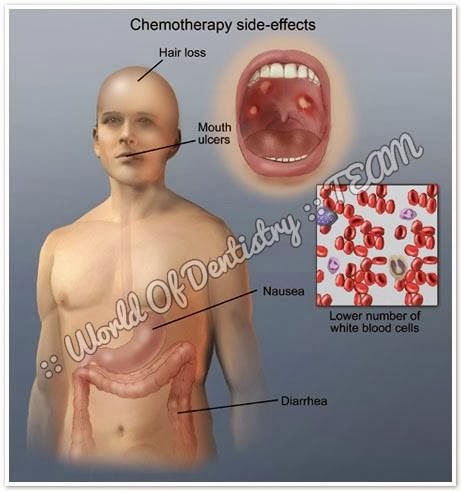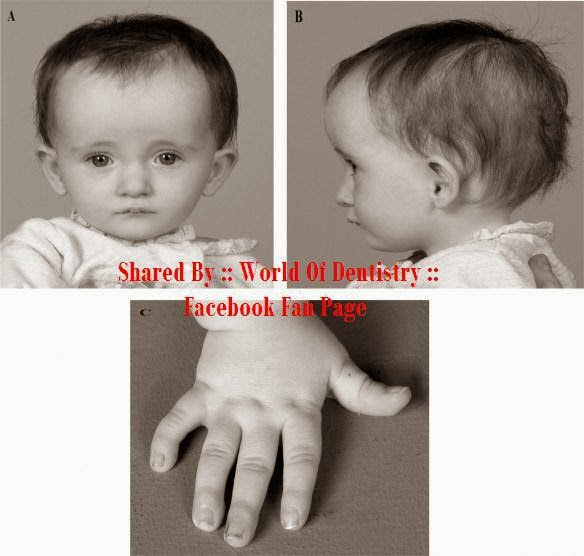- Description:
- Enucleation is the process by which the total removal of a cystic lesion is achieved.- By definition, it means a shelling-out of the entire cystic lesion without rupture.
- A cyst lends itself to the technique of enucleation because of the layer of fibrous connective tissue between the epithelial component (which lines the interior aspect of the cyst) and the bony wall of the cystic cavity.
- This layer allows a cleavage plane for stripping the cyst from the bony cavity and makes enucleation similar to stripping periosteum from bone.
- Enucleation of cysts should be performed with care, in an attempt to remove the cyst in one piece without fragmentation, which reduces the chances of recurrence by increasing the likelihood of total removal.
- In practice, maintenance of the cystic architecture is not always possible, and rupture of the cystic contents may occur during manipulation.
- The Periapical (i.e., Radicular) cyst is the most common of all cystic lesions of the jaws.
- After removing the Cyst, the bony cavity fills with a blood clot, which then organizes over time.
- Radiographic evidence of bone fill will take 6 to 12 months after removing the cyst.
- Jaws that have been expanded by cysts slowly remodel to a more normal contour.
- If the primary closure should break down and the wound dehiscence occurs,
1- Recall visits for irrigation every 3-4 days.
2- Strip gauze lightly impregnated with an antibiotic ointment should be gently packed into the cavity.
3- in 3-4 days, then cavity will start to be filled with granulation tissue.
- Indications:
1- Enucleation is the treatment of choice for removal of cysts of the jaws and should be used with any cyst of the jaw that can be safely removed without unduly sacrificing adjacent structures.
2- Small Cysts
3- Away from Important Anatomical Structures.
4- Not at the bone margins (may lead to jaw fracture)
5- Not associated with teeth, roots or important structures.
- Advantages:
1- The main advantage to enucleation is that pathologic examination of the entire cyst can be undertaken.
2- Another advantage is that the initial excisional biopsy (i.e., enucleation) has also appropriately treated the lesion.
3- The patient does not have to care for a marsupial cavity with constant irrigations.
4- Once the mucoperiosteal access flap has healed, the patient is no longer bothered by the cystic cavity.
- Disadvantages:
If any of the conditions outlined under the section on indications for marsupialization exist, enucleation may be disadvantageous. For example,
1- Normal tissue may be jeopardized,
2- Fracture of the jaw could occur,
3- Ddevitalization of teeth could result, or associated impacted teeth that the clinician may wish to save could be removed.
- Technique: (Small Cysts)
1- Remove all possible irritants before starting with enucleation procedure (ex: subgingival and supragingival scaling and stains).
2- Administration of Local Anesthetic Solution, Lignocaine 2% with adrenaline 1:200,000 is used.
3- Nerve Block associated with an infiltration is preffered.
4- Flap design is picked accoring to the possition of the lesion (ex: crevicular incision with a 2 vertical releasing incisions to give a good access and visibility to the lesion).
5- Use Mucoperiosteal Elevator to raise the flap. (care not to tear tissues)
6- Use burs to remove all thin, resorbed, infected and soften bone. (care not to remove excessive bone or damage to adjacent roots and anatomical structures)
7- Remove the entire cyst carefully. (care not to tear or punch the cyst lining).
8- A Piece of rolled gauze is hold by a hemostat and inserted between the cavity and the lining.
9- The Cavity is then rinsed with Saline and Betadine.
10- The bony edges of the defect should be smoothed with a bone file before closure.
11- Reposition the flap, and suture it then with the proper suture type and suturing technique. (Vertical Mattress interrupted is preffered using a Black Braided Silk Suture type).
- The use of antibiotics is unnecessary unless the cyst is large or the patient's health condition warrants it.
- If, on the other hand, the tooth is restorable, endodontic treatment followed by periodic radiographic follow-up will allow assessment of the amount of bone fill.
- When extracting teeth with periapical radiolucencies, enucleation via the tooth socket can be readily accomplished using curettes when the cyst is small. (Caution is used in teeth whose apices are close to important anatomic structures, such as the inferior alveolar neurovascular bundle or the maxillary sinus, because the bone apical to the lesion may be very thin or nonexistent).
- Technique: (Large Cysts)
1- A mucoperiosteal flap may be reflected and access to the cyst obtained through the labial plate of bone, which leaves the alveolar crest intact to ensure adequate bone height after healing.
2- Open an osseous window, and begin to enucleate the cyst.
3- A thin-bladed curette is a very suitable instrument for cleaving the connective tissue layer of the cystic wall from the bony cavity.
4- The largest curette that accommodates the size of the cyst should be used.
5- The concave surface should always be kept facing the bony cavity—the edge of the convex surface performs the stripping of the cyst.
6- try to keep in cyst margins intact to facilitate its removal.
7- The cyst separates more readily from the bony cavity when the intracystic pressure is maintained.
8- Nerves and Vessels might be embedded or pushed to one side of the large cyst, thus, should be carefully handled.
9- Inspected the bony cavity for remnants of tissue.
10- Irrigating and drying the cavity with gauze will aid in visualizing the entire bony cavity.
11- Residual tissue is removed with curettes.
12- The bony edges of the defect should be smoothed with a bone file before closure.
-------------------------------
This Article has been Edited By :: World Of Dentistry :: TEAM
For any questions and suggestions please don't be hesitate to feedback us.
Yours,
:: World Of Dentistry :: TEAM
























